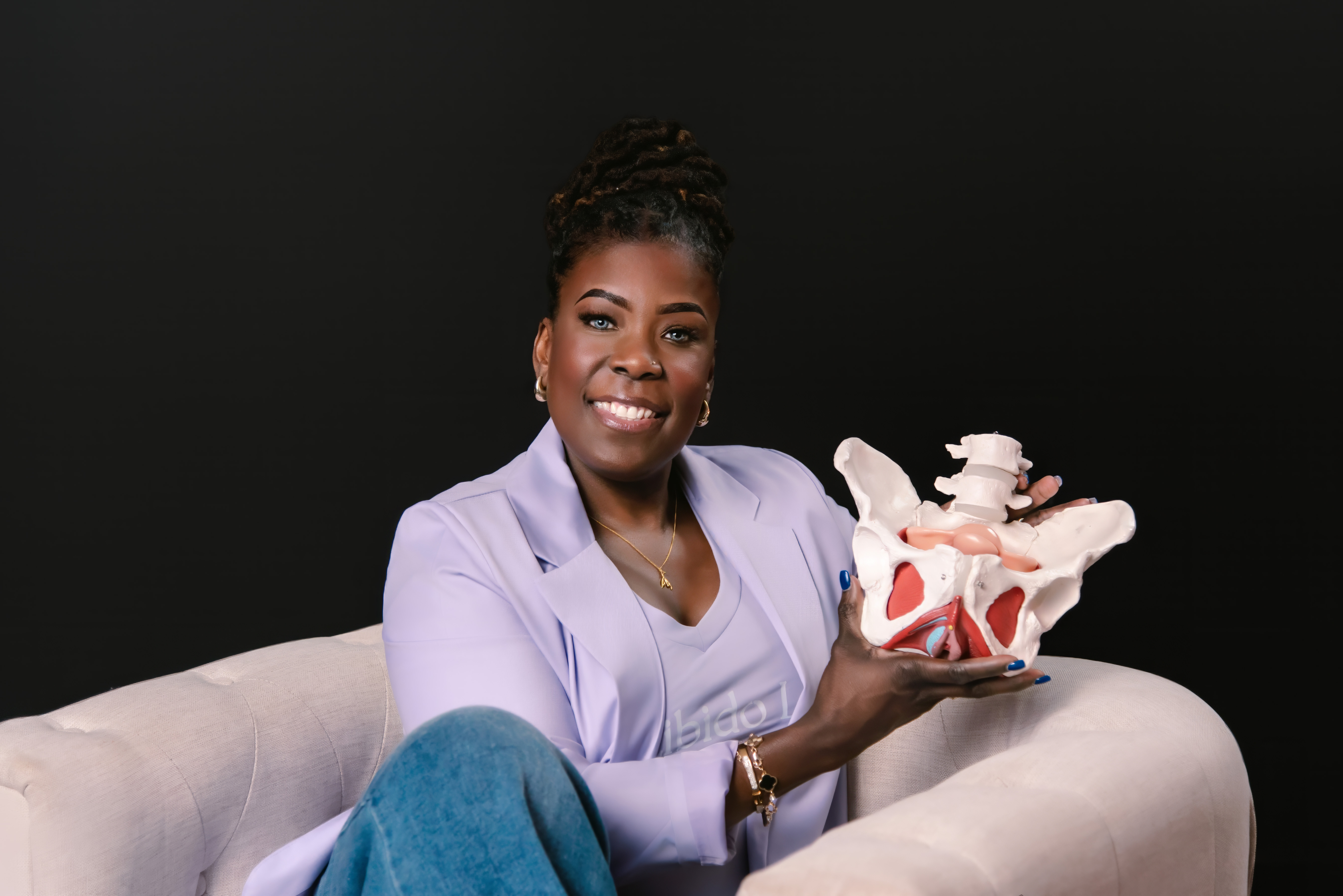"Sometimes I feel like the pain has taken over my life. I shudder each time my partner wants to get close to me. I fear he will want intercourse, so I start planning my excuse to say no."
~Nancy
CHRONIC PELVIC PAIN MANAGEMENT
Living with chronic pelvic pain can feel isolating, and like navigating an endless maze of symptoms, emotions, and uncertainties. Whether you're experiencing vaginismus, vulvodynia, dyspareunia (painful sex), or lichen sclerosis, you're not alone!
We use the latest research in pain psychology, cognitive behavioral therapy (CBT), and mindfulness practices to provide you with practical, evidence-based strategies for managing chronic pelvic pain. Overwhelmingly,
studies have confirmed the beneficial effect of psychological therapies in improving pain and improving the psychological suffering associated with pain.
Why Pain Psychology?
Pain Psychology looks at how our minds and bodies work together to create a plan for pain relief. Here are the five main steps:
- Understand how we feel pain: Learn what makes us feel pain.
- Reframe thoughts: Find ways to think that help us cope with pain.
- Lower stress: Reduce stress that makes pain worse.
- Build emotional strength: Get better at handling emotions.
- Fix pain signals: Help our brains process pain signals correctly.
This approach helps us manage pain better by focusing on both our minds and bodies. Pain psychology introduces you to the mind-body connection. We help you decode the relationship between your thoughts and pain perception, and how your brain processes and amplifies pain signals.
The purpose is not only to alleviate pain, but to educate patients on ways to prevent recurring pain experiences and develop long-term pain management skills.
Pain psychology is highly effective for patients with chronic pelvic pain and is often successful in reducing or eliminating other longstanding painful conditions. The strategies that patients learn many help to improve overall quality of life and prevent pain-related psychological distress.
We help you learn ways to live and cope BETTER with chronic pain.
Book your consultation today and let's get you on your way to a more pleasurable you.
When we focus on what we want we get more of what we want
EDUCATION- COACHING- COUNSELING
You're not alone if you're facing challenges with sex and pleasure— for women, challenges with pleasure and comfort are more common than you think! Your sexual health plays a big role in your overall well-being and happiness. If left unaddressed, these concerns can affect not only you but also your relationship with your partner.
But don't worry! EMANCIPATRIX is here to help you tackle these issues and get you on the road to satisfaction again. Let's get you back on track to enjoying intimacy again!
When you can't satisfy yourself or your partner it could make life feel miserable!
How We Can Help You

Personalized Coaching for Women
One-on-one coaching sessions designed to help you:
✔ Understand what’s causing your intimacy struggles
✔ Navigate hormonal changes & their impact on desire
✔ Overcome mental blocks around pleasure
✔ Improve communication about intimacy with your partner
💡 Every woman’s journey is unique, and so is our coaching.
Take advantage of
📌1:1 Coaching/ Counseling
📌Pleasure and intimacy education
📌Consultation for short term sexual challenges
📌Navigation: help finding the answers to your menopause concerns
📌Cancer survivors: help with questions/concerns about sex after cancer
Workshops & Group Programs
Empowering, educational workshops covering:
📌 Menopause & Sexual Health
📌 Chronic Pain & Intimacy
📌 Body Confidence & Self-Love
📌 Exploring Pleasure Without Shame
Join the waiting list for our next workshop
Your sexual health is our priority
Through our pleasure centered approach, we empower women to embrace their sexuality. We offer comprehensive education, equipping women with KNOWLEDGE that will help improve their sexual self-esteem, personalized counseling, coaching and an abundance of support.
We want you to have better sex!
Virtual sessions- In person sessions (Orlando, FL area only)- Workshops- Speaking Events






